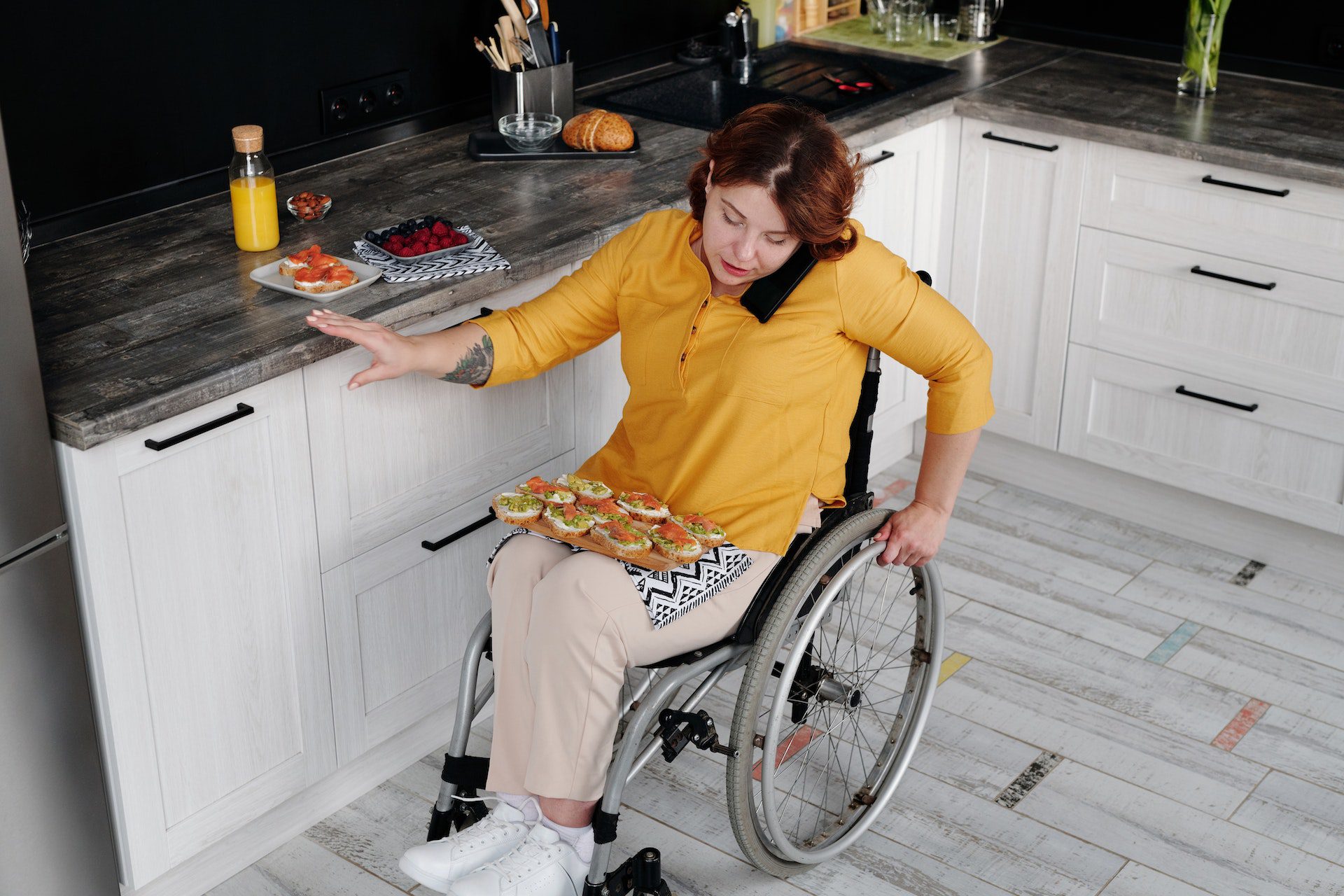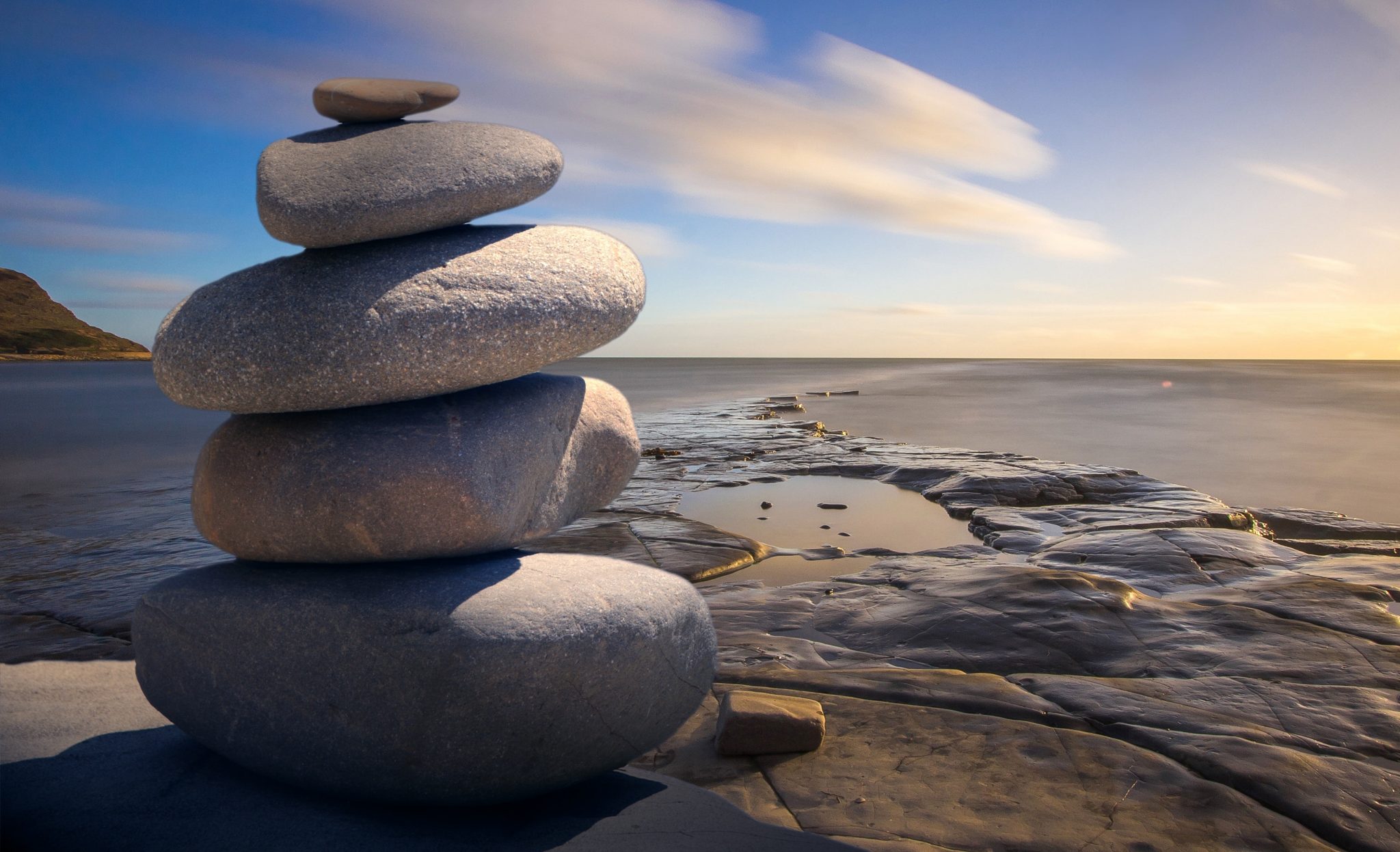As seasons change, so do businesses. There are adjustments that need to be made so that the winter months run just as smoothly as the summer months. There are things that you would do earlier in the year that just won’t work as well now.
Examples of these changes range from marketing promotions changing themes to store decorations being swapped out. You may also adjust the thermostat and business hours to accommodate the changes in weather. What you need to be prepared for more than anything is the cold and snow that blows in during cooler months.
To keep you and your customers safe and warm, add some of these items to your business before the snow really starts coming down:
1. Healthcare Items
People get sick more often during the winter months. This could be because people spend more time indoors, due to the cold, where illnesses spread more easily. Immune systems might also be weaker during the winter, and the cold, dry air certainly isn’t helping.
You don’t want your employees and customers to get sick at all, let alone while at your place of business. While personal hygiene can’t be enforced, you can provide some helpful items for customers to pick up upon entry. Face masks, hand sanitizer, and sanitizing wipes can all assist in keeping illnesses at bay.
Staying healthy has been a great priority since the COVID-19 pandemic changed people’s lives. While vaccines are readily available and mask mandates are mostly gone, it’s better to be safe than sorry. Having those options available really helps customers who still feel unsure about COVID and other illnesses. They can also benefit clients who have medical conditions that force them to be more cautious.
2. Snow Removal Gear
For much of the country, winter months bring snow and ice. This means a couple of things for your business. First, you may need to have some snow shovels and ice melt handy in case Jack Frost pays you a visit. You’re responsible for clearing out parking lots and walkways so that your customers can enter your business safely.
The next thing you need to worry about is the snow and slush that customers drag in with them. Grab a thick entry rug that they can wipe their boots off on so that your floors don’t get too wet and dirty. Not only is it inconvenient to clean them frequently, but dry floors continue to ensure customer safety.
3. Hand Warmers
Even with climate control in your building, some customers will still feel cold inside. The problem with space heaters is that they might make spaces too warm for other customers. An individual solution can work better in this scenario.
Consider having a package of hand warmers available for any customers who need it. Hand warmers are easily placed in gloves and don’t emanate any heat to the other individuals in the building. You can also consider stocking up on some blankets that can be kept in the waiting room for use. Just be sure to clean them regularly.
4. Clothing Storage
During the winter you’re likely not going anywhere without a thick coat on. However, this presents a little challenge when you enter a building. Inside it’s not cold enough to keep the coat on, but it’s so bulky that carrying it around can be awkward. Multiply this by however many customers are in your waiting room at one time and you can see how this can get problematic.
What you need is a designated spot for coats, hats, scarves, and more to stay while customers finish up their appointments. If you don’t have a large storage space readily available, a few coat racks should do. This gives customers the option to hang up some of their belongings until they’re ready to leave again.
Such a system will inevitably lead to a lost and found situation. Do your best to hang onto and keep track of missing articles, so they can be returned promptly. If you’re unable to find the owner, consider donating items to charity so that those in need can be bundled up better.
5. Warm Food and Drinks
There are days when during the winter months when it gets so cold that no number of layers seem to keep you warm. The trick on those days is to get something warm into your system. A cup of hot chocolate can quickly make your spirits bright even on the draftiest of winter days.
Speaking of which, a seasonal hot chocolate bar will certainly be a hit in your waiting room this winter. You can provide a variety of different flavors, even tea packets if you’d like. This will surely be a welcome treat for the cold, weary travelers that come to your business for an appointment.
Every once in a while you can offer some bonus items as well. Your earliest customers might be lucky enough to enjoy a warm pastry to get them through the morning. Little things like this can leave quite the impression on your customers now and in the following seasons.
Winter can be a challenge for many reasons. Dangerous road conditions and seasonal depression can greatly affect the lives of your customers. Taking a few steps to help them feel a little warmer and welcome during their appointments will mean a lot.
Featured Image: Josh Hild; Pexels.com. Thank you!



